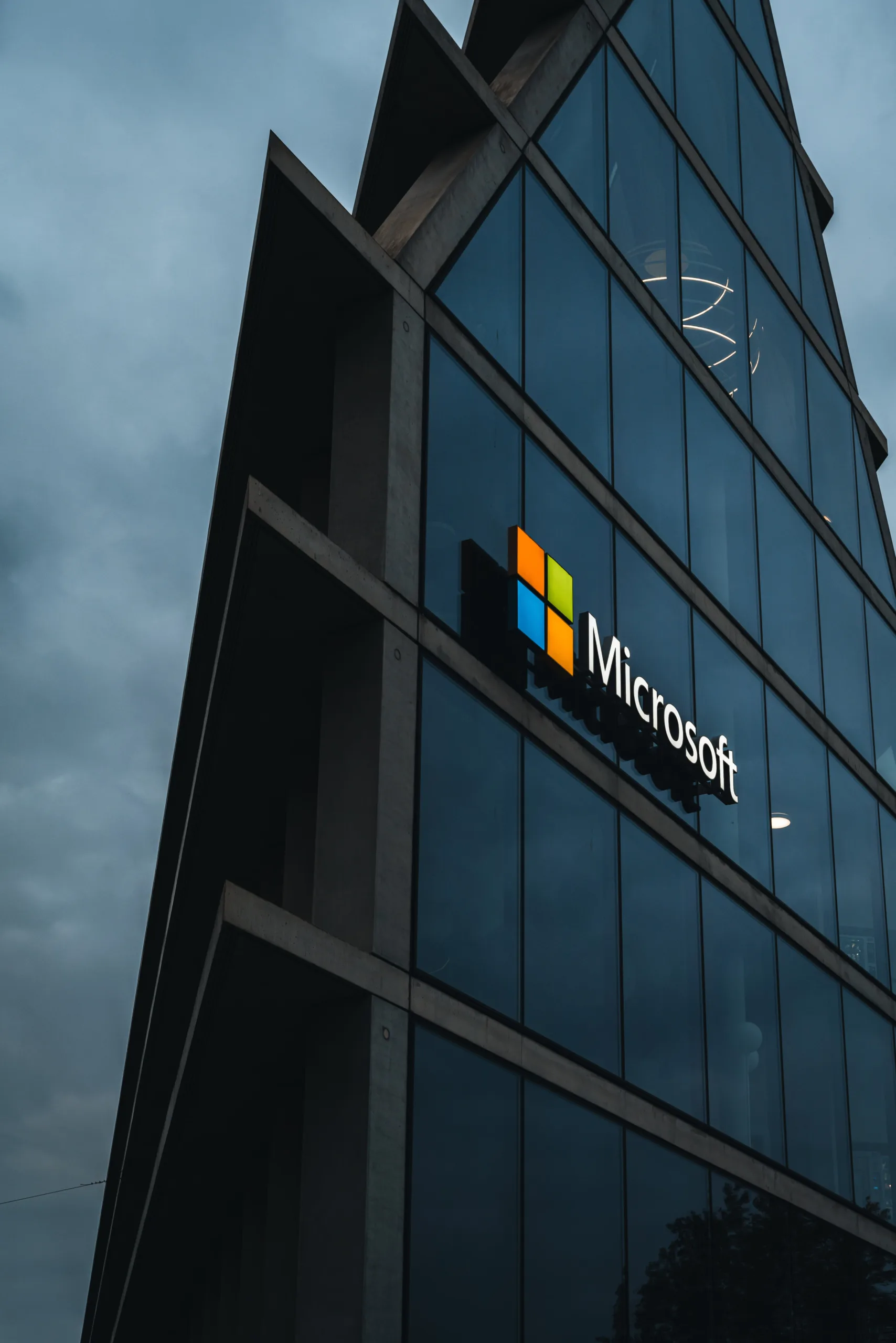Table of Contents
- Introduction
- Windows AI Studio: A New Frontier for Developers
- Nvidia’s TensorRT-LLM: Enhancing AI Efficiency on Windows PCs
- A Peek into the Future: TensorRT-LLM Compatibility with OpenAI’s Chat API
- Microsoft’s Hybrid Loop Development Pattern
- FAQ: Unveiling the World of AI on Windows
- Conclusion
Introduction
In a groundbreaking move, Microsoft and Nvidia are teaming up to revolutionize the accessibility of Artificial Intelligence (AI) models on Windows PCs. The recent announcement at the Microsoft Ignite event has unveiled Windows AI Studio, a hub designed to empower developers with the capability to run and fine-tune AI models according to their unique requirements.
Windows AI Studio: A New Frontier for Developers
- Access to Azure AI Studio and Beyond
- Developers can seamlessly tap into Azure AI Studio and other services like Hugging Face within the Windows AI Studio environment.
- Guided Workspace Setup
- An end-to-end experience is offered with a guided workspace setup, complete with a user-friendly model configuration UI. Developers can walk through the fine-tuning process for small language models (SLMs) like Microsoft’s Phi, Meta’s Llama 2, and Mistral.
- Performance Testing with Prompt Flow and Gradio Templates
- Windows AI Studio enables developers to rigorously test the performance of their models using Prompt Flow and Gradio templates, ensuring optimal functionality.
- Visual Studio Code Extension
- In the coming weeks, Microsoft plans to roll out Windows AI Studio as a Visual Studio Code extension, enhancing the accessibility and integration of AI development tools.
Nvidia’s TensorRT-LLM: Enhancing AI Efficiency on Windows PCs
- Evolution of TensorRT-LLM
- Nvidia introduces updates to TensorRT-LLM, initially launched for Windows to enhance the efficiency of running large language models (LLMs) on H100 GPUs.
- Expanding Compatibility
- The latest update extends TensorRT-LLM compatibility to PCs powered by GeForce RTX 30 and 40 Series GPUs with 8GB of RAM or more, broadening the reach of AI capabilities.
- Integration with OpenAI’s Chat API
- Nvidia is working on making TensorRT-LLM compatible with OpenAI’s Chat API through a new wrapper. This development allows developers to run LLMs locally on their PCs, addressing concerns about data privacy in the cloud.
- Next-Level Performance
- The upcoming TensorRT-LLM 6.0 release promises up to five times faster inference, coupled with support for the new Mistral 7B and Nemotron-3 8B models.
A Peek into the Future: TensorRT-LLM Compatibility with OpenAI’s Chat API
- Localized AI Processing
- The forthcoming compatibility between TensorRT-LLM and OpenAI’s Chat API empowers developers to process AI models locally on their PCs, offering a secure alternative for those wary of storing private data in the cloud.
- Enhanced Speed and Model Support
- TensorRT-LLM 6.0 not only assures faster inference but also extends support to cutting-edge models like Mistral 7B and Nemotron-3 8B, showcasing Nvidia’s commitment to staying at the forefront of AI innovation.
Microsoft’s Hybrid Loop Development Pattern
- Breaking Down Barriers
- Microsoft’s overarching goal is to establish a “hybrid loop” development pattern, allowing seamless AI development both on the cloud and locally on devices.
- Reduced Dependency on Local Systems
- With the hybrid loop concept, developers no longer need to solely rely on their local systems for AI development. Microsoft’s cloud servers step in to alleviate the computational load, creating a more flexible and efficient development environment.
FAQ: Unveiling the World of AI on Windows
Q1: What is Windows AI Studio?
A1: Windows AI Studio is a revolutionary hub introduced by Microsoft to empower developers with access to AI models, including development tools from Azure AI Studio and services like Hugging Face. It provides a guided workspace setup for configuring small language models (SLMs) and enables performance testing with templates like Prompt Flow and Gradio.
Q2: How can developers benefit from TensorRT-LLM updates?
A2: Nvidia’s TensorRT-LLM updates bring enhanced efficiency for running large language models (LLMs) on Windows PCs, extending compatibility to GeForce RTX 30 and 40 Series GPUs. The upcoming release, TensorRT-LLM 6.0, promises up to five times faster inference and supports advanced models like Mistral 7B and Nemotron-3 8B.
Q3: What is the significance of TensorRT-LLM compatibility with OpenAI’s Chat API?
A3: The compatibility signifies a major stride towards localized AI processing. With TensorRT-LLM running on Windows PCs and integrating with OpenAI’s Chat API, developers can process AI models locally, addressing concerns about data privacy in the cloud.
Q4: How does Microsoft’s hybrid loop development pattern benefit developers?
A4: The hybrid loop development pattern breaks down barriers by enabling AI development across the cloud and locally on devices. Developers can leverage Microsoft’s cloud servers to share the computational load, reducing dependency on their local systems.
Conclusion
In the ever-evolving landscape of AI development, Microsoft and Nvidia’s collaboration marks a significant leap forward. Windows AI Studio and TensorRT-LLM updates promise to empower developers with enhanced accessibility, efficiency, and flexibility, ushering in a new era of AI innovation on Windows PCs. As we embrace the future, the fusion of cloud and local development through Microsoft’s hybrid loop pattern opens doors to endless possibilities, making AI development more inclusive and impactful than ever before.
